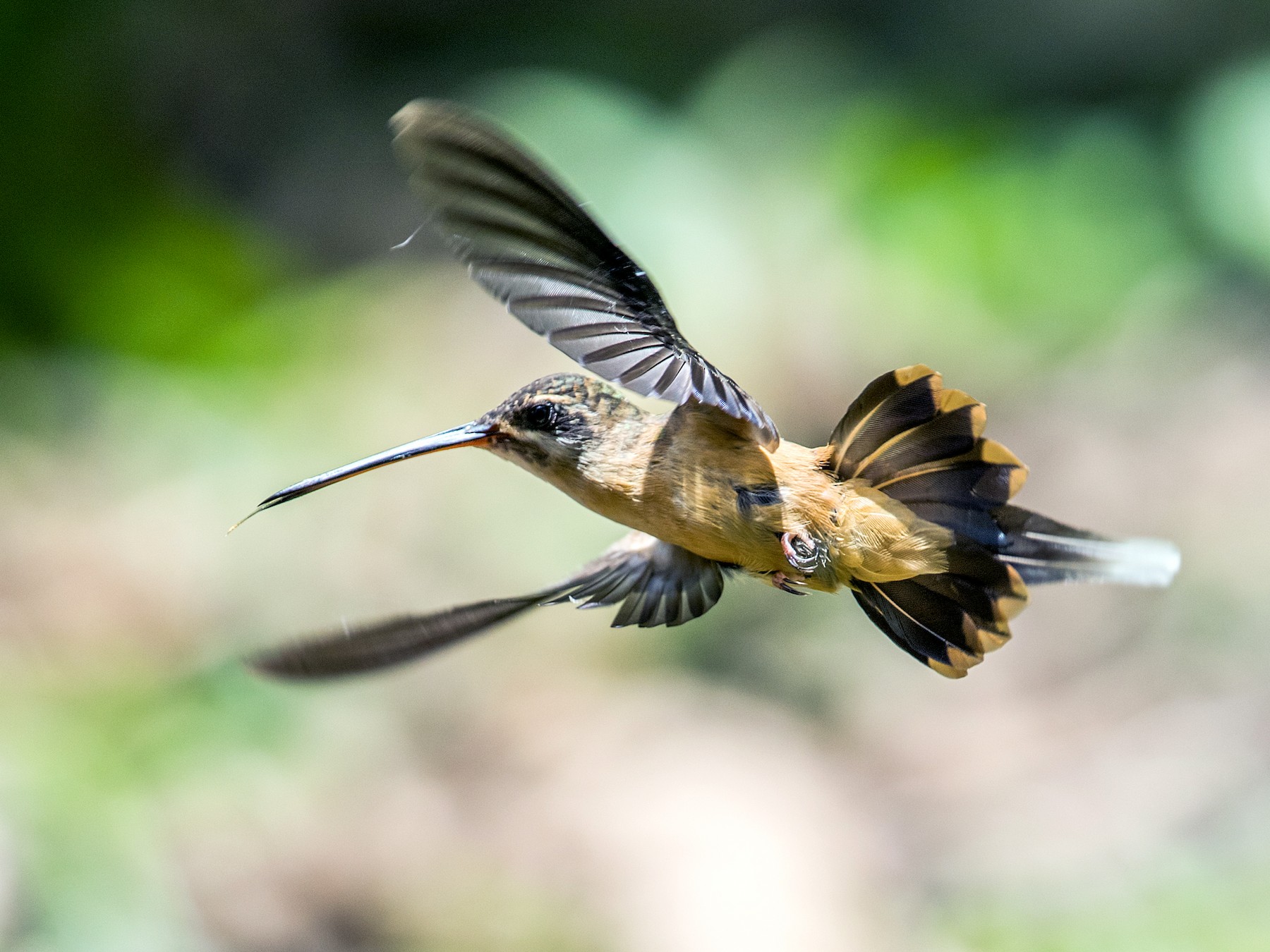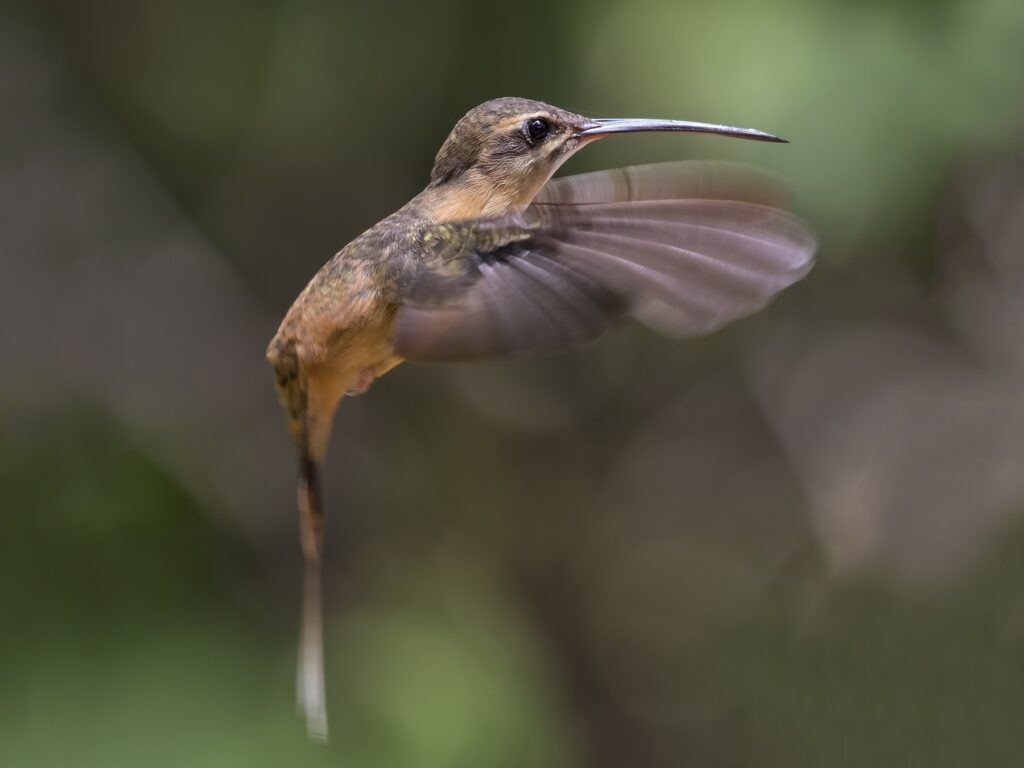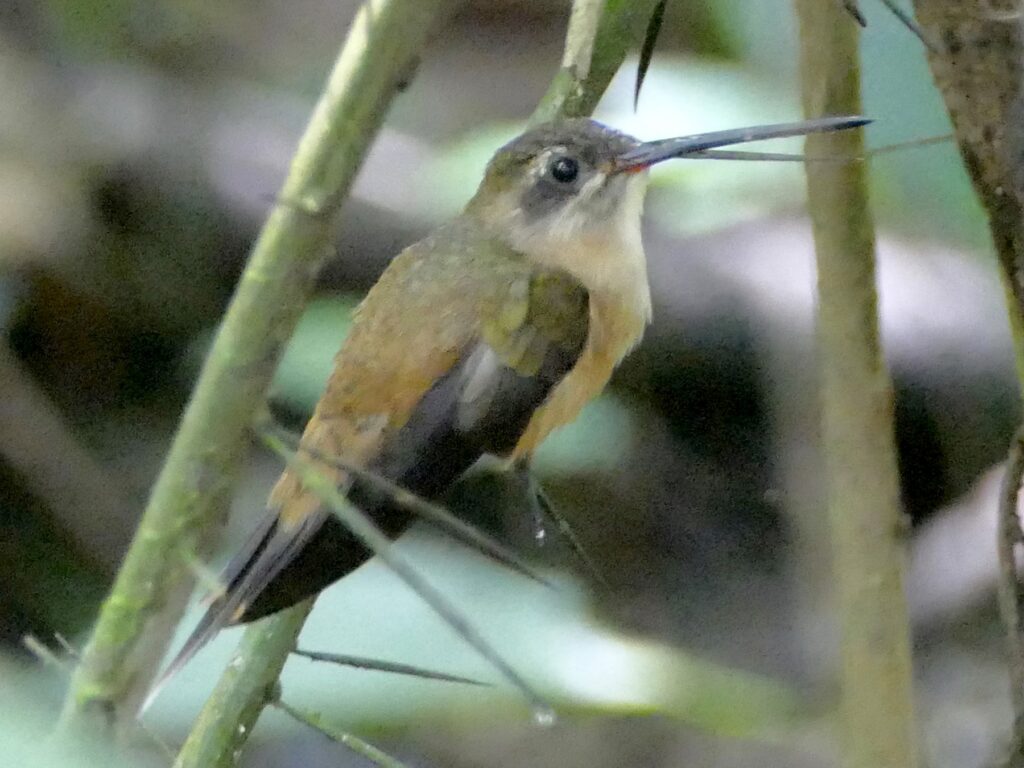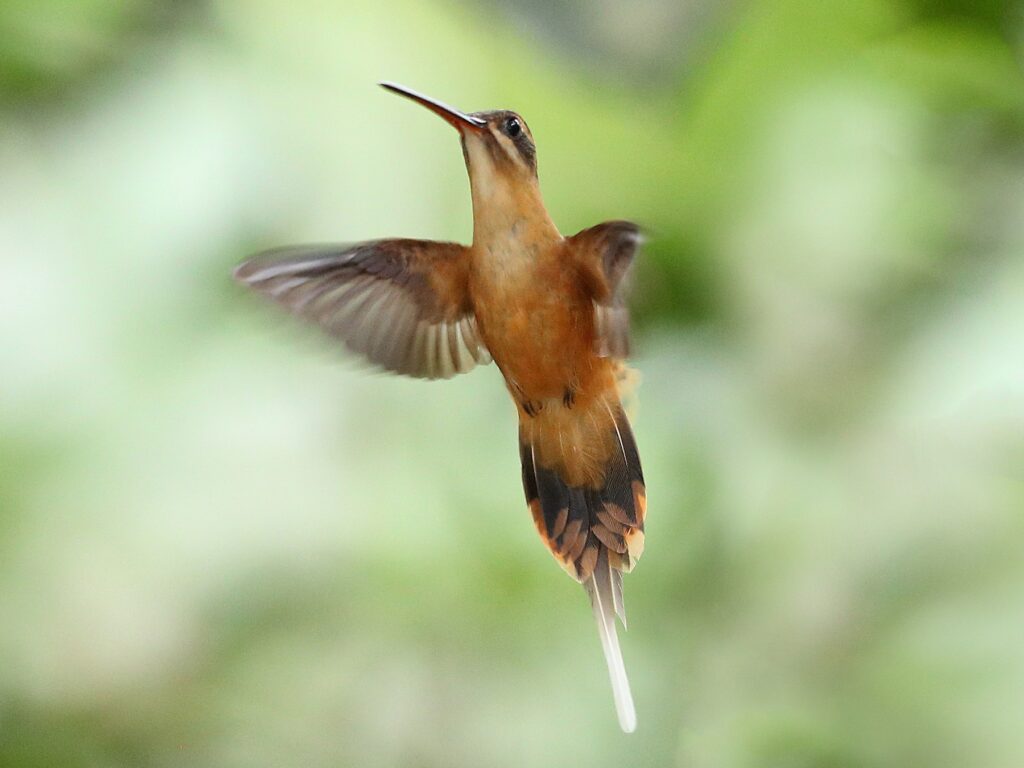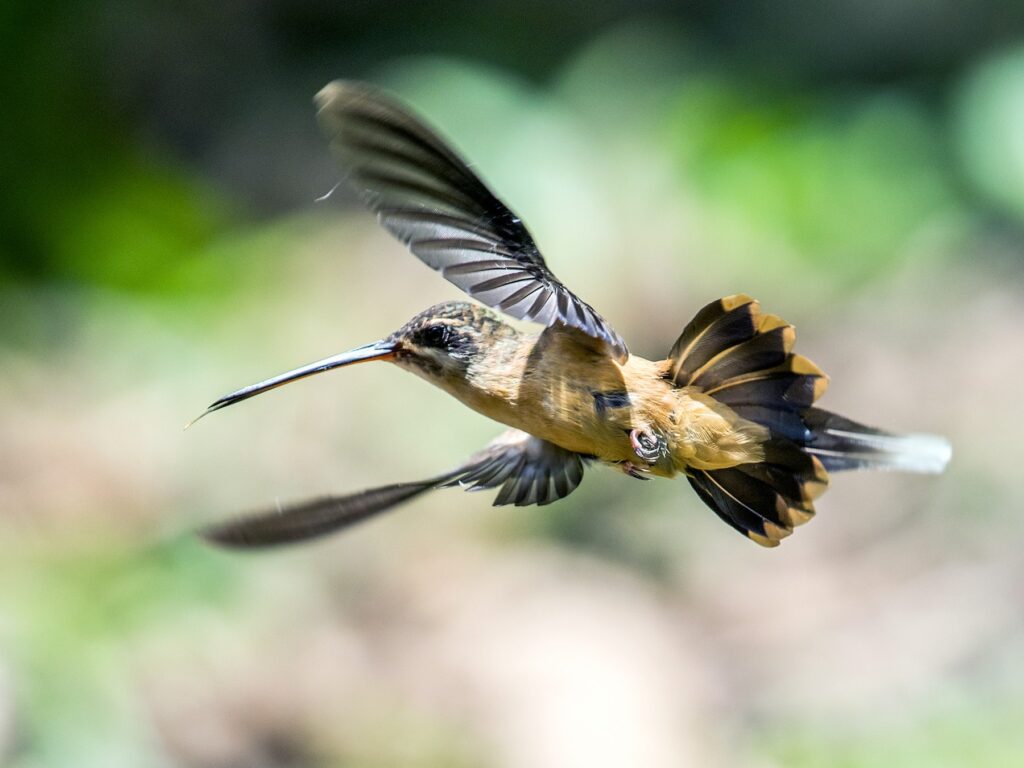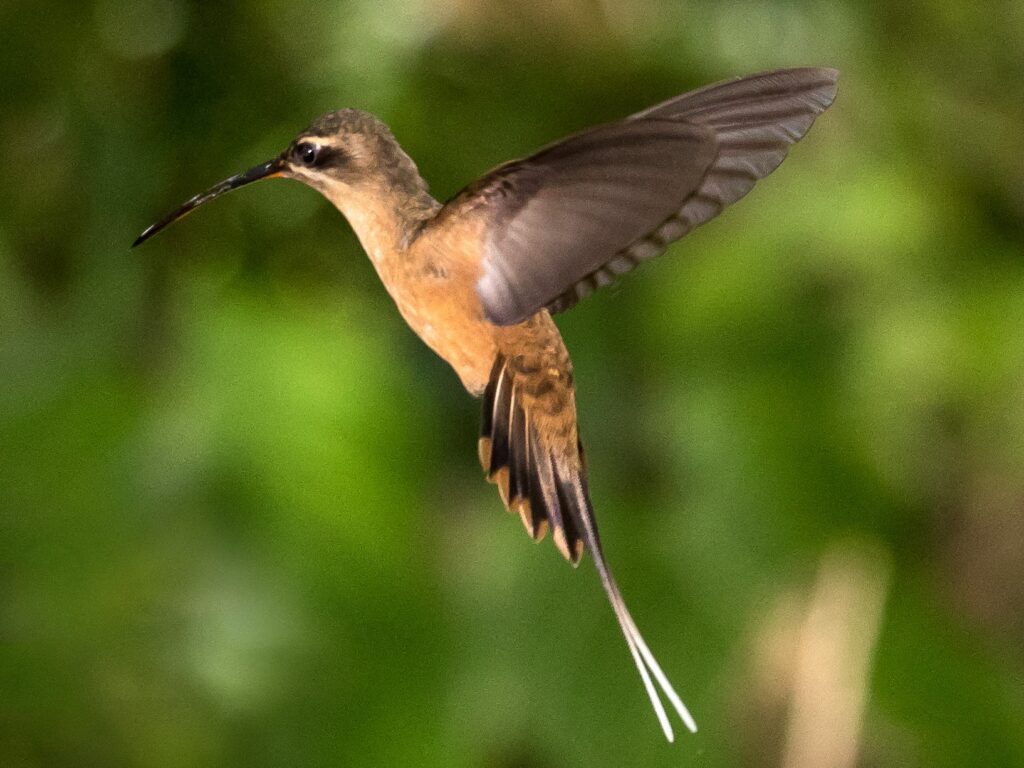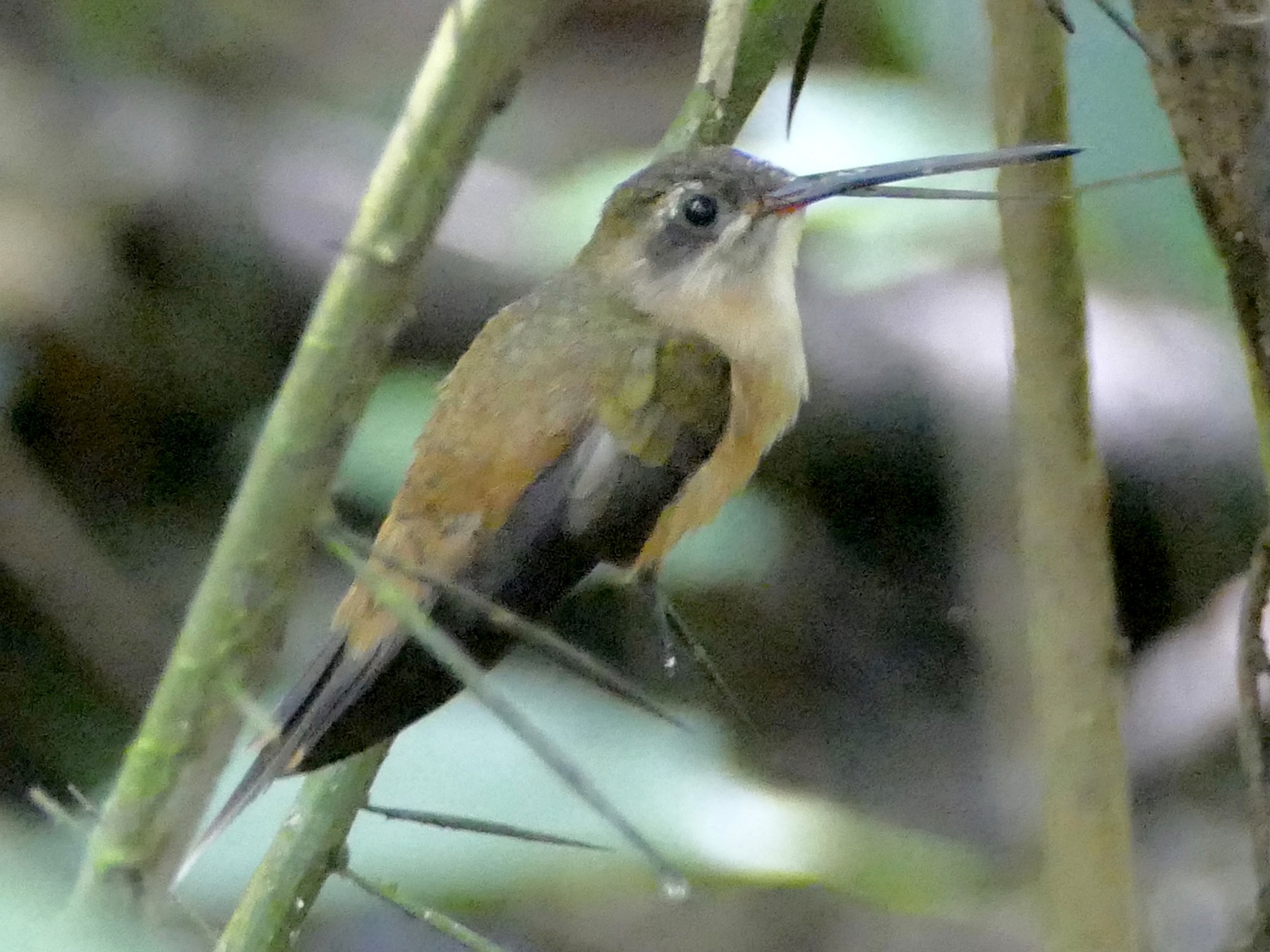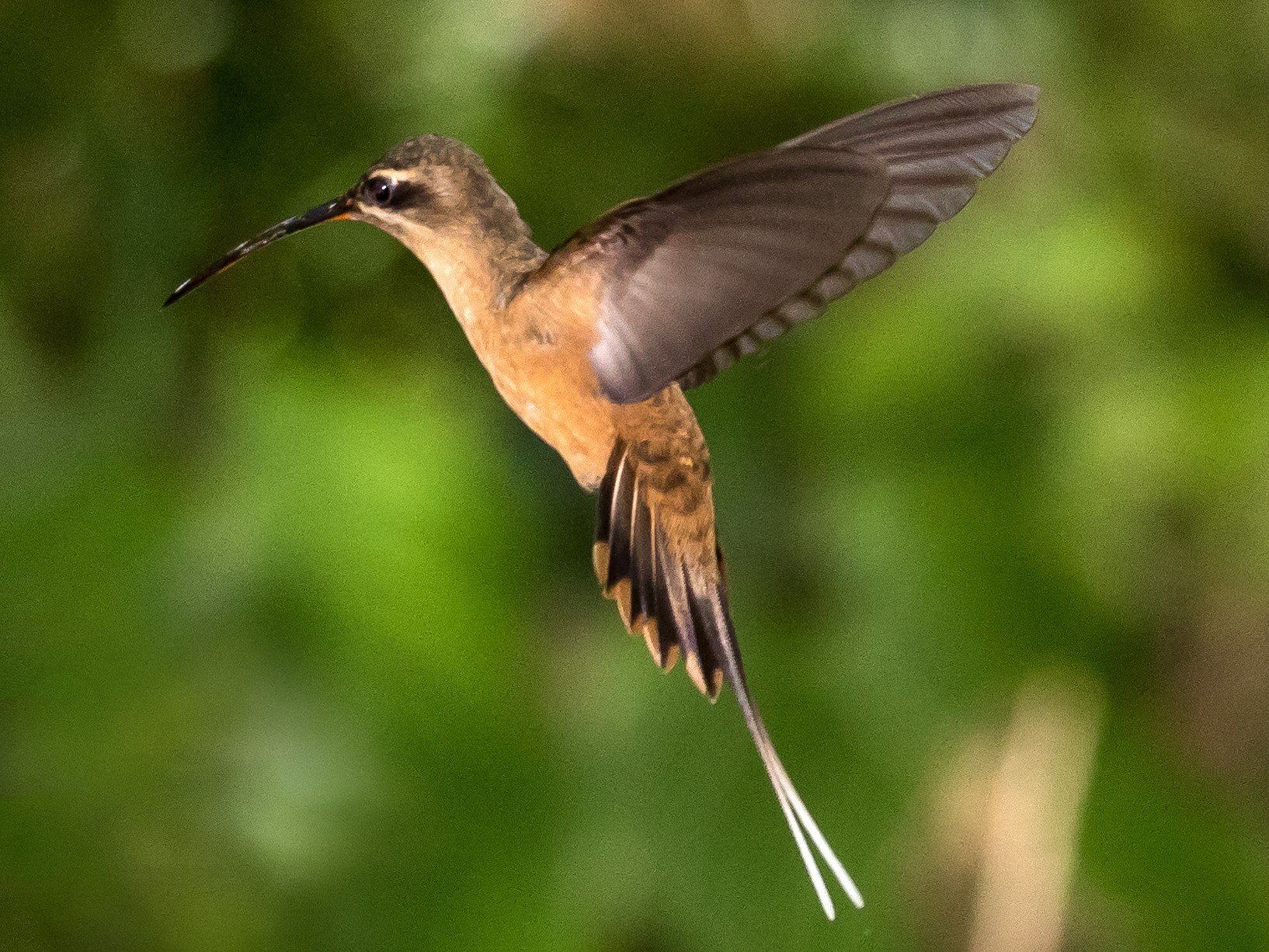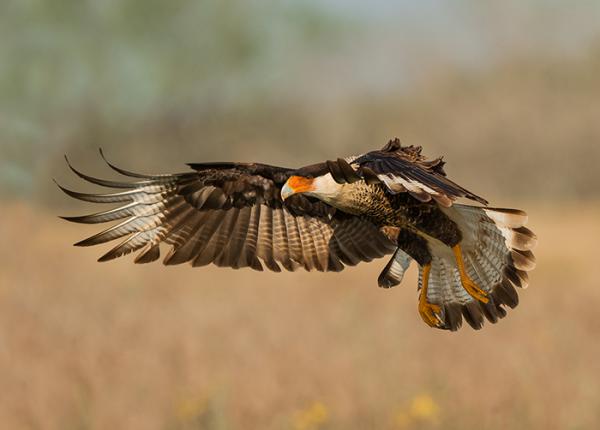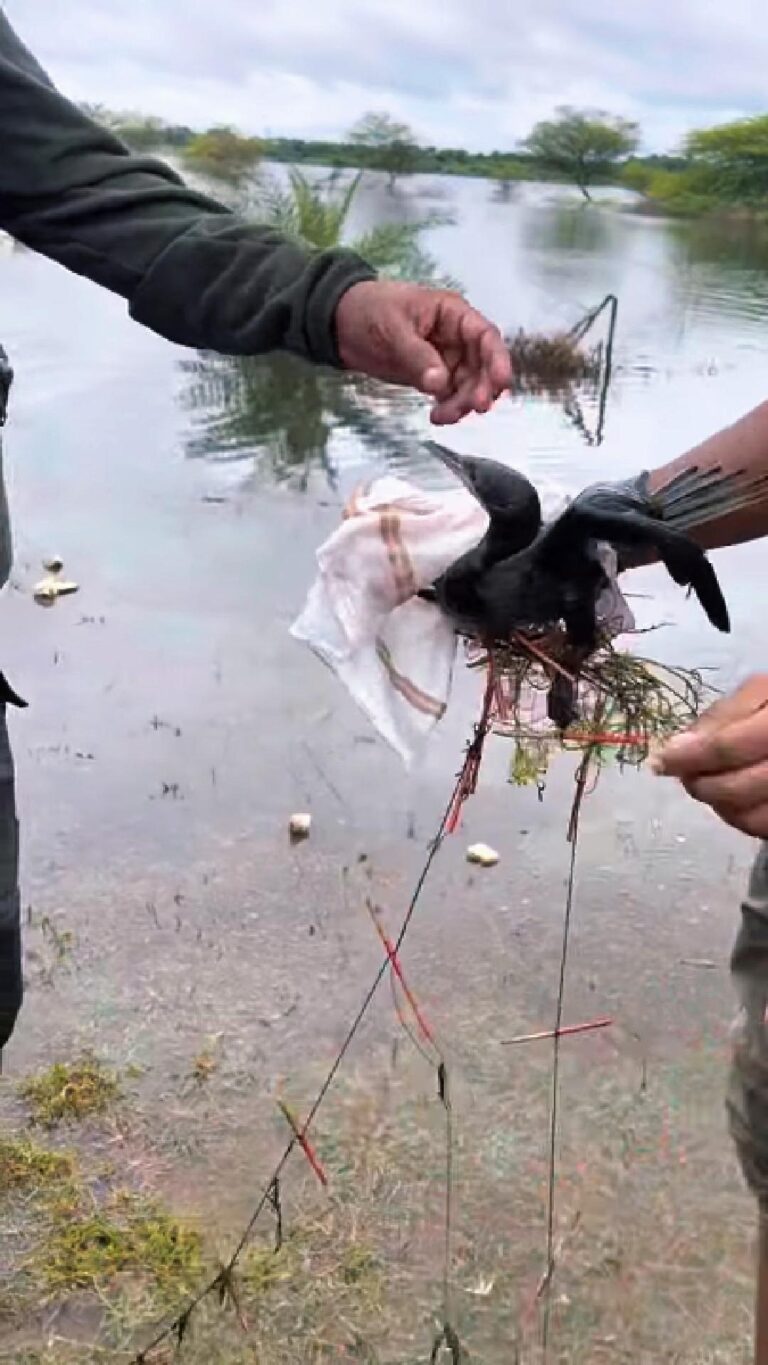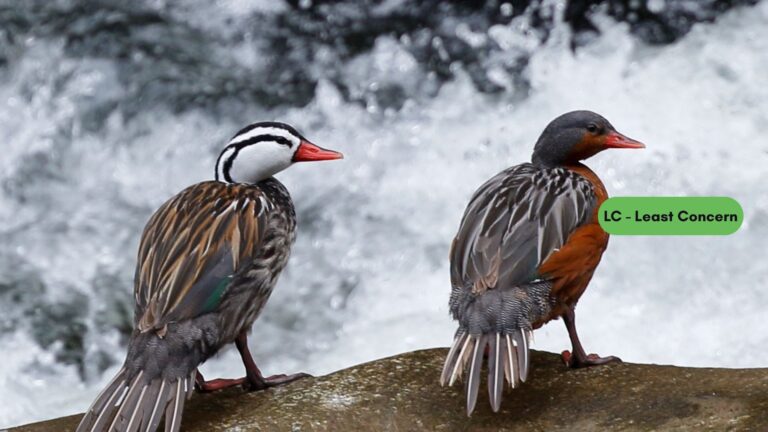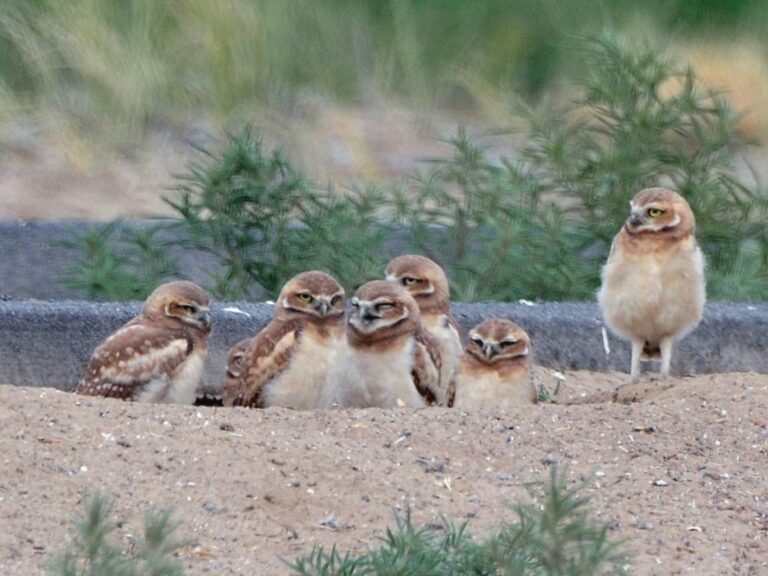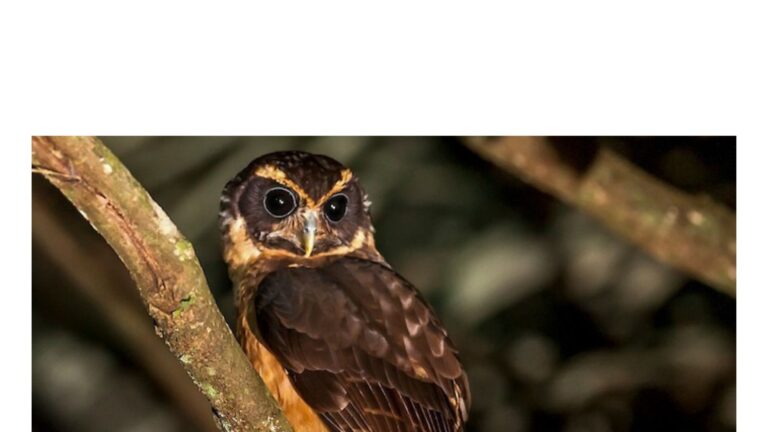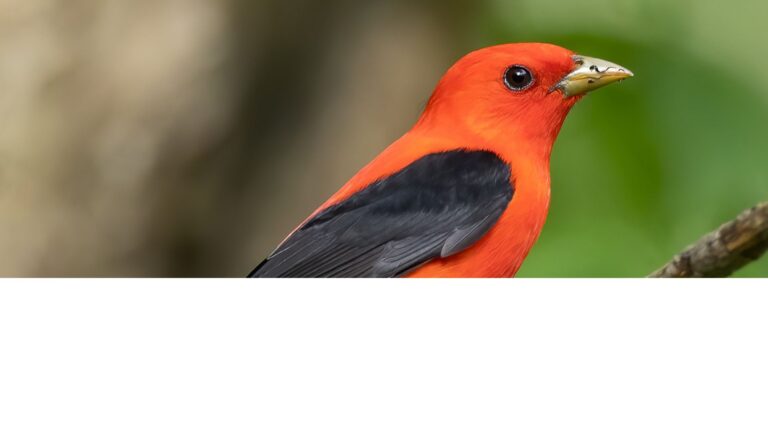Koepcke’s Hermit Hummingbird: Unraveling the Mysteries of a Rare Amazonian Bird
Koepcke’s Hermit, a unique hummingbird species known scientifically as Phaethornis koepckeae, captivates birdwatchers and nature lovers alike. This remarkable bird thrives in the lush Amazon rainforest of Peru, making it a special find for those interested in avian diversity. With its striking appearance and intriguing behavior, Koepcke’s Hermit plays an essential role in its ecosystem while facing various conservation challenges.
Believed to be related to the Needle-billed Hermit, Koepcke’s Hermit stands out due to its distinct coloration and characteristics. As they navigate their forested habitat, these hummingbirds rely on specific plants for food, which helps maintain the delicate balance of their environment. The species’ conservation status raises concerns that highlight the ongoing need for habitat protection in the face of environmental change.
Exploring the life of Koepcke’s Hermit reveals how it interacts with its surroundings and the threats it faces. Understanding these aspects not only enhances appreciation for this enchanting bird but also underscores the importance of wildlife conservation efforts.
Key Takeaways
- Koepcke’s Hermit is found in the Amazon rainforest of Peru.
- This species plays a crucial role in its ecosystem.
- Conservation efforts are vital for protecting Koepcke’s Hermit and its habitat.
Taxonomy and Nomenclature
Koepcke’s Hermit has a specific scientific classification and common names that reflect its unique status within avian taxonomy. The following sections explore its scientific classification and the names by which it is known.
Scientific Classification
Koepcke’s Hermit, known scientifically as Phaethornis koepckeae, belongs to the family Trochilidae, which includes all hummingbirds. This species was identified and named after the ornithologist Maria Koepcke in honor of her contributions to bird research.
It is important to note that within the genus Phaethornis, this hermit shares its habitat with several other species. The classification highlights its relationships with closely related hummingbirds, distinguishing it based on unique physical traits and behaviors. The taxonomic hierarchy is as follows:
- Kingdom: Animalia
- Phylum: Chordata
- Class: Aves
- Order: Apodiformes
- Family: Trochilidae
- Genus: Phaethornis
- Species: P. koepckeae
Common Names
Common names help in identifying and communicating about Koepcke’s Hermit with broader audiences. Besides its scientific name, it is known commonly as the Ermite de Koepcke in French.
Its common name reflects both the local language and the importance of the species in its native habitat. Local names provide insights into regional significance and conservation efforts. These names often help in awareness campaigns aimed at protecting their natural environment.
Understanding both the scientific classification and common names is vital for recognizing the importance of Koepcke’s Hermit in biodiversity and conservation studies.
Physical Description
Koepcke’s Hermit is a fascinating hummingbird species known for its unique features and vocalizations. This bird exhibits distinct size and morphology alongside a rich plumage that makes it stand out among other hummingbirds. Understanding these characteristics helps in recognizing and appreciating this tropical species.
Size and Morphology
Koepcke’s Hermit is relatively small, measuring about 10 to 11 centimeters in length. It has a slender body typical of hummingbirds, which aids in its agile flight. The wings are long and pointed, allowing for precise, rapid movements as it hovers to feed on nectar.
Their lightweight structure is crucial for their energetically demanding lifestyle. This species displays a slightly curved bill, which enables it to access nectar from tubular flowers efficiently. The legs are short, designed more for perching than walking.
Plumage and Coloration
The plumage of Koepcke’s Hermit is striking and distinctive. The upperparts are a vibrant green with subtle iridescence, reflecting light in various shades. The underparts are typically white that can sometimes appear grayish, contrasting beautifully with the upper body.
Additionally, the tail is uniquely long and pointed, displaying dark hues with hints of green and blue. These colorations serve not only for aesthetic appeal but also play a role in mating displays and attracting females. The overall combination of color and form helps it camouflage in its tropical forest habitat.
Habitat and Distribution
Koepcke’s Hermit is a unique hummingbird found primarily in specific regions of South America. Its habitat preference plays a significant role in its survival and reproduction.
Geographic Range
Koepcke’s Hermit is primarily distributed in the Andean mountains of Peru and extends into adjacent areas of Brazil. Its range is largely confined to specific elevations in the Andes. This includes regions like the Cordillera Escalera, which provides a variety of ecological niches.
These areas offer the moist, warm conditions that are ideal for this species. Reports indicate the bird is prevalent in certain protected areas and reserves, which helps preserve its natural habitat.
Preferred Habitats
Koepcke’s Hermit thrives in moist lowland and moist montane forests. These habitats provide abundant floral resources, essential for nectar-feeding hummingbirds.
In the lowland regions, it prefers areas with dense vegetation and flowering plants. Similarly, in montane forests, it is often found in regions with rich plant diversity.
The presence of specific nectar-producing flowers directly impacts its distribution. This hummingbird depends on the availability of these plants for feeding and nesting.
Conservation Status
Koepcke’s Hermit is a bird species that faces significant conservation challenges. Its population is impacted by various threats, making conservation efforts crucial for its survival.
IUCN Red List
The International Union for Conservation of Nature (IUCN) assesses Koepcke’s Hermit as Near Threatened. This classification indicates that the species does not currently meet the criteria for a more threatened category but is close to qualifying for a higher level of risk. The primary concern is the ongoing loss of its natural habitats in the Peruvian Amazon due to deforestation and human activities.
Threats to Survival
Koepcke’s Hermit is significantly affected by habitat loss driven by agriculture, logging, and urban development. These activities result in the degradation of the tropical moist forests that provide essential food sources and nesting sites for the bird. Furthermore, climate change poses additional threats, as it alters the ecosystem dynamics and affects the availability of nectar-producing plants. Pollution and disruption from tourism also contribute to the challenges faced by this delicate species.
Conservation Efforts
Conservation initiatives targeting Koepcke’s Hermit focus on habitat preservation and restoration. Organizations work to establish protected areas in the Amazon, aiming to safeguard the bird’s ecosystems. Local community involvement is also essential in these efforts, as it encourages sustainable practices that align with conservation goals. Educational programs raise awareness about the importance of preserving natural habitats, ensuring the future of Koepcke’s Hermit and other species in the region. Collaborations with government agencies and NGOs enhance these efforts by promoting policies that protect the environment and support biodiversity.
Behavior and Ecology
Koepcke’s Hermit is known for its unique behaviors and ecological roles. Its feeding habits and reproductive strategies showcase its adaptations to the tropical environments in which it thrives.
Feeding Habits
Koepcke’s Hermit primarily feeds on nectar from various flowering plants, similar to the Scale-throated Hermit. These hummingbirds have specialized bills that allow them to access nectar deep within tubular flowers.
They are crucial pollinators in their ecosystem, helping many plants reproduce. Their foraging behavior often involves hovering in front of flowers while they extend their long tongues to extract nectar.
Koepcke’s Hermit shows preferences for specific flowers based on nectar availability and flower shape. This selectivity influences their activity patterns, with feeding often peaking during the early morning and late afternoon.
Reproduction
During the breeding season, male Koepcke’s Hermits engage in elaborate courtship displays. This often involves aerial displays to attract females, showcasing their vibrant plumage.
Nesting typically occurs in dense vegetation, providing protection from predators. Females build cup-shaped nests, using plant materials and spider silk for construction.
Once the nest is ready, the female lays two eggs. She is solely responsible for incubating them, which usually takes about 14 to 16 days. After hatching, the chicks depend on their mother for food, as she continues to bring nectar and small insects to feed them.
This reproductive strategy highlights the species’ adaptation to its environment while reinforcing its role in maintaining local biodiversity.
Interactions with Humans
Koepcke’s Hermit, a unique species of hummingbird, faces various interactions with human activity and through scientific research. These interactions can significantly influence its habitat and conservation status.
Impact of Human Activity
Human activity has both positive and negative effects on Koepcke’s Hermit. Habitat destruction is a major concern. As forests are cleared for agriculture or urban development, the natural homes of these birds are lost. This can lead to a decrease in their population.
On the flip side, birdwatching tourism can create awareness and support for conservation efforts. Gardens and reserves that encourage hummingbird visits can provide food and shelter. The creation of new habitats benefits not only Koepcke’s Hermit but other wildlife as well. Communities involved in birdwatching often become advocates for protecting local environments.
In Scientific Research
Scientific studies have focused on Koepcke’s Hermit to understand its behavior and ecology. Researchers aim to document its feeding habits and breeding patterns. Understanding these aspects helps identify what the species needs for survival.
Projects like habitat monitoring and banding assist in tracking their numbers. Researchers collect data that support conservation strategies. Engaging local communities in scientific observations can enhance these efforts. This cooperation brings attention to the importance of maintaining biodiversity in the region, directly affecting the future of Koepcke’s Hermit.
Frequently Asked Questions
Koepcke’s Hermit is a unique hummingbird species with specific habitat requirements, behaviors, and conservation needs. Below are detailed answers to common questions about this bird.
What habitat does the Koepcke’s Hermit prefer?
The Koepcke’s Hermit often resides in submontane and montane forests. It favors areas with dense vegetation, where it can find shelter and access to flowers for feeding. These habitats typically feature a mix of shrubs and taller trees, providing both food and nesting sites.
How does the Koepcke’s Hermit differ from other hermit hummingbird species?
Koepcke’s Hermit is distinguished by its unique coloration and size. Unlike other hermit species, it has specific markings that help in identification. Its bill length and shape also vary, adapting to its preferred flowers, setting it apart from its relatives.
What is the diet of the Koepcke’s Hermit?
Koepcke’s Hermit primarily feeds on nectar from various flowers. Its long bill allows it to reach deep into blossoms, which is essential for extracting nectar. Additionally, it may consume small insects and spiders, providing necessary protein for its diet.
Can you describe the mating behavior of the Koepcke’s Hermit?
During mating season, the Koepcke’s Hermit engages in elaborate courtship displays. Males perform aerial displays to attract females, showcasing their vibrant coloring. These behaviors are important in establishing territory and finding a mate.
What conservation efforts are in place for the Koepcke’s Hermit?
Koepcke’s Hermit is protected within its native range, particularly in areas designated as reserves. Conservation programs focus on habitat preservation and monitoring population trends. These efforts aim to ensure that the species remains stable in its natural environment.
How can one identify the Koepcke’s Hermit among similar species?
To identify Koepcke’s Hermit, look for its distinct plumage and bill size. Observers should note its habitat and feeding behavior, as it prefers specific flower types. A keen eye on these details will help in accurately distinguishing it from other hermit hummingbirds.
